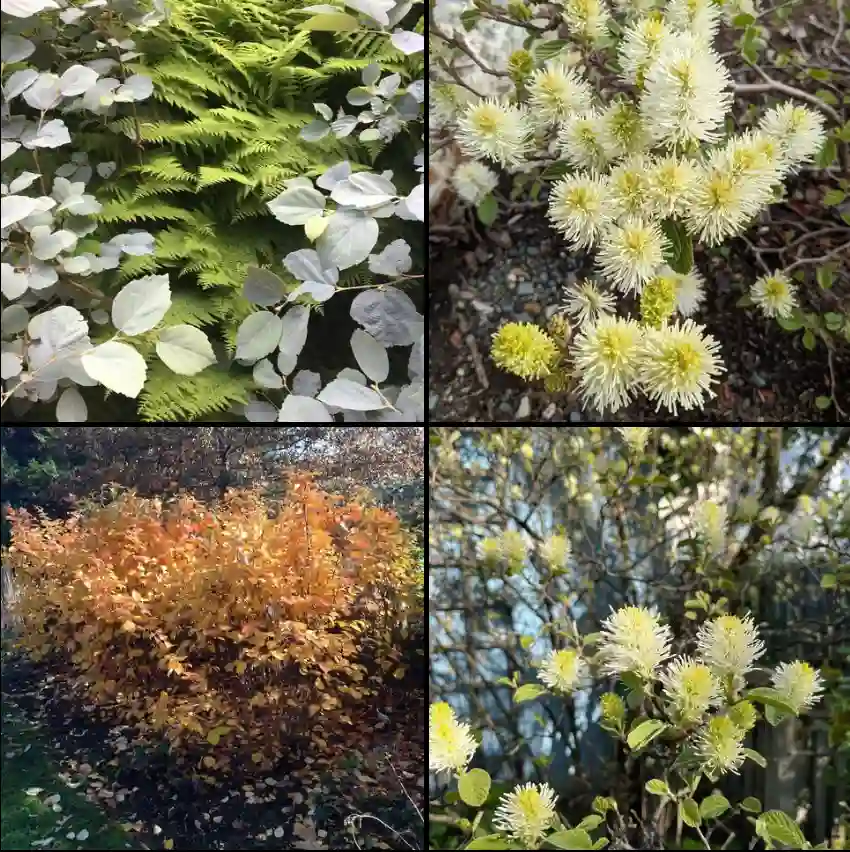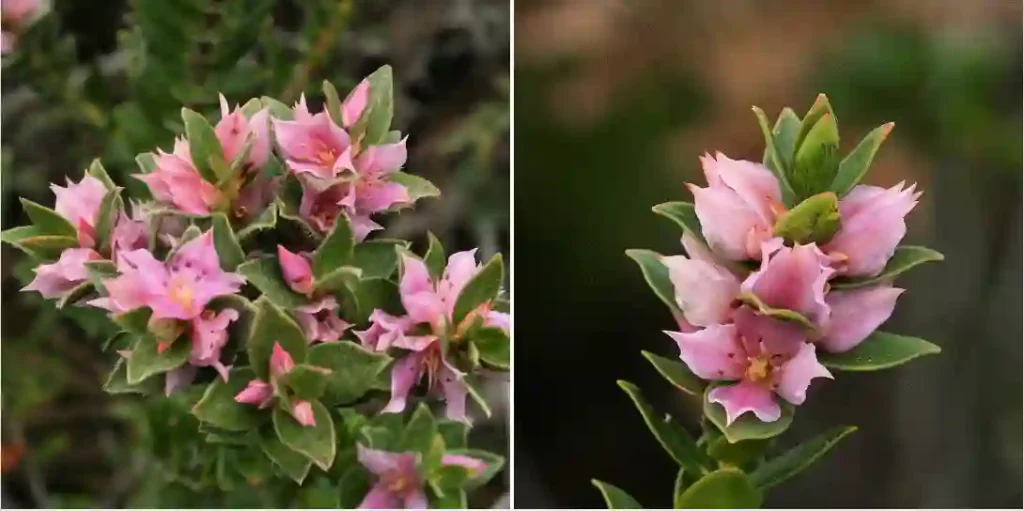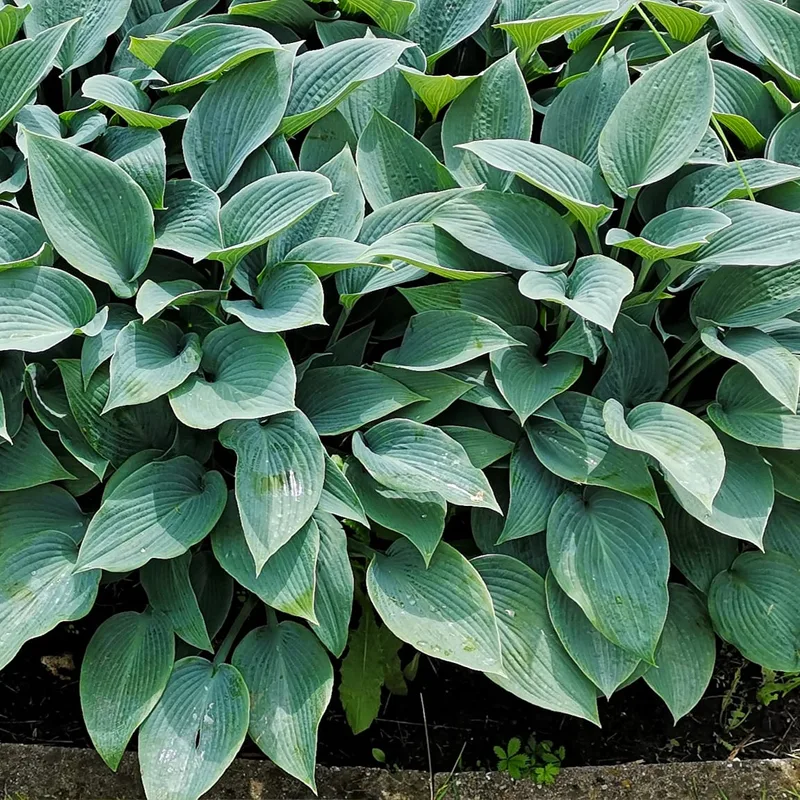Limnophila Sessiliflora: The Undemanding Beauty for Your Aquarium
As an aquarium enthusiast, I’m always on the lookout for plants that add a touch of elegance and vibrancy to my underwater world. That’s how I came across Limnophila sessiliflora, also known as dwarf ambulia, ambulis, and Asian marshweed. This Southeast Asian native quickly stole my heart with its lush foliage and easy-going nature.
Limnophila sessiliflora isn’t just visually appealing; it’s also incredibly versatile. Whether you’re a seasoned aquascaper or a beginner dipping your toes into the planted tank world, this plant is a perfect choice. So, if you’re interested in adding a touch of green (or perhaps a vibrant reddish-brown) to your aquarium, keep reading!
What is Limnophila Sessiliflora?
Limnophila sessiliflora is a fast-growing aquatic perennial herb belonging to the Plantaginaceae family. It thrives in both submerged and emergent conditions, adapting its leaf shape to suit the environment. Underwater, the leaves have a feathery, thread-like appearance, while emerged leaves become broader and more rounded. This adaptability makes it a great choice for aquariums with varying water levels.
The plant boasts a vibrant green color, but with adequate lighting, the lower portions of the stems can develop a beautiful reddish-brown hue. This adds a touch of depth and contrast to your aquascape. Plus, Limnophila sessiliflora is known for its rapid growth, reaching heights of up to 40 cm (16 inches) and spreading across the bottom of the tank with runners under ideal conditions.
Limnophila Sessiliflora vs Cabomba
In my experience, Limnophila Sessiliflora has always been a more robust and faster-growing plant compared to Cabomba. The Limnophila’s bright green, feathery leaves create a dense, bushy look that adds depth to my aquarium. Cabomba, on the other hand, tends to be more delicate and has a slower growth rate in my tank. While Cabomba’s intricate, fern-like appearance is stunning, I found it required more precise water conditions and didn’t thrive as well as Limnophila Sessiliflora in my setup.
Limnophila Sessiliflora vs Hornwort
I’ve had a mixed experience with Limnophila Sessiliflora and Hornwort. Hornwort has been a reliable plant in my tank, growing quickly and providing excellent cover. However, it tends to float, which can make it a bit of a hassle to manage. Limnophila Sessiliflora, on the other hand, roots well and forms a more structured, bushy backdrop. While Hornwort’s rapid growth is impressive, I appreciate Limnophila Sessiliflora’s more controlled growth and the way it stays rooted in the substrate, which fits better with my tank’s aesthetic.
Limnophila Sessiliflora vs Aquatica
Limnophila Sessiliflora has outperformed Aquatica in my tank in terms of growth and ease of care. Aquatica, with its softer, more fragile appearance, didn’t fare as well under my lighting and water conditions. The Limnophila’s sturdy, dense growth has provided excellent coverage and has been less finicky, making it my go-to plant. Aquatica’s delicate nature and slower growth just didn’t keep up, leading me to favor Limnophila Sessiliflora for a more reliable and attractive tank environment.
Limnophila Sessiliflora vs Indica
Between Limnophila Sessiliflora and Indica, I’ve found Limnophila Sessiliflora to be the more dependable choice. Indica has a more compact growth habit but often seemed less resilient in my tank, particularly with fluctuating water parameters. The Limnophila, with its vibrant foliage and quicker growth, has consistently added a lush, vibrant touch to my aquarium. While Indica’s unique appearance is appealing, Limnophila Sessiliflora has proven to be more adaptable and visually impactful in my setup.
How to Care for Limnophila Sessiliflora?
The beauty of Limnophila sessiliflora lies in its ease of care. Here’s what you need to know to keep this plant thriving in your aquarium:
- Lighting: While it can tolerate lower light levels, Limnophila sessiliflora truly flourishes under moderate to high lighting. This encourages healthy growth and vibrant coloration. Aim for 2-3 watts per liter of light intensity.
- Substrate: This plant isn’t picky when it comes to substrate. However, a nutrient-rich substrate like aquasoil will promote better growth and allow it to root more effectively.
- Water Parameters: Limnophila sessiliflora prefers slightly acidic to neutral water conditions (pH 6.0-7.5). The ideal temperature range is between 20-28°C (68-82°F).
- CO2 Injection (Optional): While not essential, CO2 injection can further enhance the growth and health of your Limnophila sessiliflora. It can also help maintain a vibrant green color throughout the plant.
- Trimming: Due to its fast growth rate, regular trimming is recommended to maintain a neat and controlled appearance. Trimming also encourages bushier growth. You can replant the trimmings to propagate new plants.
How to Plant Limnophila Sessiliflora?
Planting Limnophila sessiliflora is a breeze. Here’s how to do it:
- Separate the stems: Gently separate individual stems from the main bunch.
- Prepare the planting area: Choose a location in your aquascape and create a small hole in the substrate using your fingers or a plant tool.
- Planting the stem: Bundle the base of the stem and carefully insert it into the prepared hole. Ensure the base is firmly planted.
- Group planting: For a fuller look, plant multiple stems together in small clusters.
Pro-Tip: Limnophila sessiliflora looks stunning when planted in the background or midground of your aquarium.
How to Propagate Limnophila Sessiliflora?
The good news is that Limnophila sessiliflora is incredibly easy to propagate. Here are two methods you can use:
Method 1: Stem Cuttings
- Cuttings: Use sharp scissors or a razor blade to cut healthy stems just above a node (the point where leaves join the stem). Aim for cuttings of around 8-10 cm (3-4 inches) in length.
- Planting: Remove the lower leaves from the cutting and plant it in the substrate as described earlier.
Method 2: Runners
Under optimal conditions, Limnophila sessiliflora will develop runners along the bottom of the tank. These runners can be carefully separated from the main plant and replanted elsewhere in your aquarium to create new growth.
What to Plant With Limnophila Sessiliflora?
Limnophila sessiliflora is a versatile plant that complements various tank setups. Here are some ideas for companion plants:
- Foreground plants: Consider low-growing carpeting plants like Dwarf Hairgrass (Eleocharis parvulus)
- Midground plants: For a contrasting texture, try stem plants with broader leaves like Hygrophila corymbosa or Rotala rotundifolia.
- Background plants: Taller plants like Vallisneria spiralis or Amazon Sword (Echinodorus bleheri) can create a stunning backdrop for your Limnophila sessiliflora.
- Floating plants: Adding floating plants like Water Sprite (Ceratopteris thalictroides) or Hornwort (Ceratophyllum demersum) can help diffuse light and provide additional shade for fish that prefer lower light conditions.
Conclusion
Limnophila sessiliflora is a true gem for any aquarium. Its easy-going nature, vibrant colors, and rapid growth make it a perfect choice for both beginners and experienced aquascapers. With minimal care and a little planning, you can create a stunning underwater paradise with this versatile plant. So, don’t hesitate to give Limnophila sessiliflora a try and witness its beauty transform your aquarium!
If i die, water my plants!



